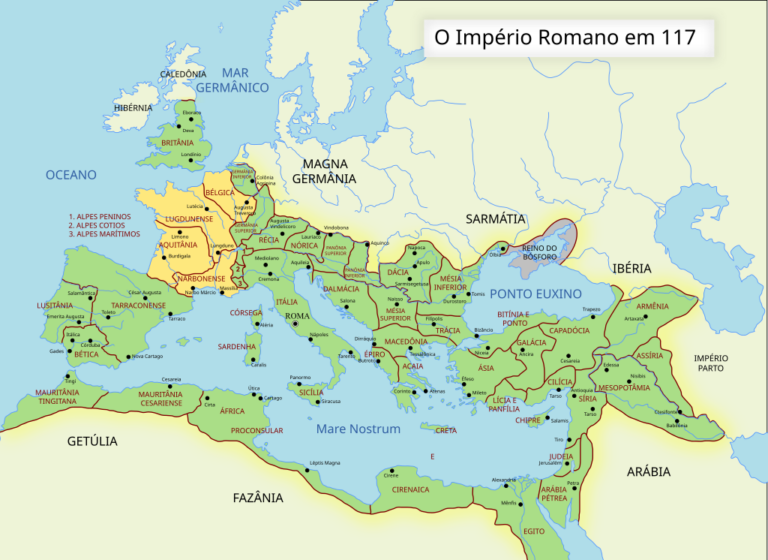
Throughout history, monarchs have wielded immense power, wealth, and influence. For some, this extended to maintaining the biggest harems in history, a term used to describe the group of wives, concubines, and female companions associated with a ruler. Here, we explore some of the most famous monarchs known for their extraordinarily large harems.
1. Genghis Khan (c. 1162–1227)
One of the most feared warriors of all time, Genghis Khan is best known for founding the Mongol Empire, which after his death became the largest contiguous empire in history. However, new research into the life of Genghis Khan shows that apart from being one of history’s biggest conquerors, he could well be one of the most prolific lovers of all time. Genghis Khan had six Mongolian wives, the first being Börte of the Onggirat tribe, to whom he was affianced when only nine years old. Later, he went on to establish a large harem and married many daughters of foreign kings, even though Börte would be his only empress. The inmates of his harem reportedly numbered between two to three thousand. This claim is supported by modern science, as genetic research from the Russian Academy of Sciences reveals that Genghis Khan has an estimated 16 million male descendants alive today, accounting for nearly 8% of the population of Central Asia.
2. Emperor Yongle of the Ming Dynasty (1360–1424)
Chinese emperors were known for maintaining vast harems, and Emperor Yongle of the Ming Dynasty was no exception. Historical records suggest he had a harem with thousands of women. The Forbidden City, his imperial palace, was designed to accommodate his large retinue of concubines and wives. Many women in the harem were chosen through elaborate selection processes, often from noble or influential families.
3. Emperor Jahangir of the Mughal Empire (1569–1627)
The Mughal emperors of India were renowned for their opulent lifestyles, and Jahangir, the fourth emperor, was no exception. His harem reportedly contained more than 800 women, including wives, concubines, and attendants. Jahangir’s harem was not just a symbol of personal luxury but also a political tool, as many of his marriages were strategic alliances that helped expand and maintain the Mughal Empire.
4. King Solomon of Israel (10th Century BCE)
One of the most famous biblical figures, King Solomon is said to have had 700 wives and 300 concubines, according to the Old Testament. Many of these marriages were political alliances designed to strengthen ties with neighboring kingdoms. Solomon’s harem is often viewed through a religious lens, serving as a symbol of both his wisdom and excess.
5. Sultan Moulay Ismail of Morocco (1672–1727)
Sultan Moulay Ismail of the Alaouite dynasty is said to have had a staggering 500 concubines. Historical accounts suggest he fathered more than 1,000 children during his reign. His harem symbolized not only his virility but also his immense authority and control over Morocco. The size of his harem also served a political purpose, as many of the women were daughters of influential tribal leaders, solidifying alliances across his kingdom.
6. Emperor Ashoka of the Maurya Empire (c. 304–232 BCE)
Emperor Ashoka, one of India’s most celebrated rulers, is best known for spreading Buddhism and promoting non-violence after the bloody Kalinga War. However, before his transformation into a benevolent leader, Ashoka reportedly maintained a harem of hundreds of women. Historical accounts suggest that his early reign was marked by indulgence and excess, including a large harem, as was customary for Mauryan emperors. His harem played a role in the political and cultural life of his court, but after his conversion to Buddhism, he reportedly distanced himself from such practices and focused on governance and spiritual pursuits.
7. Shah Jahan of the Mughal Empire (1592–1666)
Famous for commissioning the Taj Mahal, Shah Jahan also maintained a harem consisting of hundreds of women, including wives, concubines, and attendants. The harem played a significant political and cultural role in the Mughal court. Many women were chosen from noble families to strengthen alliances, and the harem itself was a highly organized institution within the empire.
8. Mughal Emperor Akbar (1542–1605)
Akbar the Great, one of the most revered rulers of the Mughal Empire, maintained a harem of over 300 women. His harem was not just a space for pleasure but also a center of political activity. Many of his wives were Rajput princesses, whose marriages helped integrate Hindu and Muslim communities within the empire.
9. Pharaoh Ramses II of Egypt (c. 1303–1213 BCE)
Known as Ramses the Great, this powerful Egyptian pharaoh reportedly had over 100 wives and concubines, along with a large number of children. His harem was a reflection of his divine status as pharaoh and his ability to provide for an extensive royal family.
10. Caliph Harun al-Rashid of the Abbasid Caliphate (763–809)
Known for his rule during the Golden Age of Islam, Harun al-Rashid maintained an extensive harem within the grand palaces of Baghdad. His harem reportedly housed hundreds of women, many of whom were concubines from diverse ethnic backgrounds, reflecting the cosmopolitan nature of the Abbasid Empire.
Related:




